The healthcare sector requires technological improvements more than ever with the rise of chronic illnesses. The medical sector can undergo various revolutions with the right technologies. It can raise the standard of treatment, save more lives, and improve people’s general health.
But how?
The solution is to adopt new technologies like SaaS (Software-as-a-Service).
One primary challenge with implementing new technologies in the healthcare sector is the cost.
However, healthcare SaaS provides healthcare providers with various benefits, including affordability. They are scalable and easily available tools for improving patient care and streamlining operations.
This article will explore 12 transformative Healthcare SaaS trends driving the industry ahead and improving health outcomes for all.
So, let’s begin!
What Is Healthcare Saas And Why Is It Important?
Healthcare SaaS is a technology that offers medical solutions and tools online. It’s like using apps to manage patient data, appointments, billing, etc.
Healthcare SaaS is important because it simplifies healthcare processes. It makes them more efficient and cost-effective. It allows healthcare providers to access information securely from anywhere. Plus, it enables better collaboration and faster decision-making. Patients also benefit as it improves their experience through online appointment booking and easier communication with their doctors.
Healthcare SaaS enhances healthcare services. It leads to better patient outcomes and a more seamless healthcare experience.
How Has SaaS-based Technology Improved The Healthcare Industry?
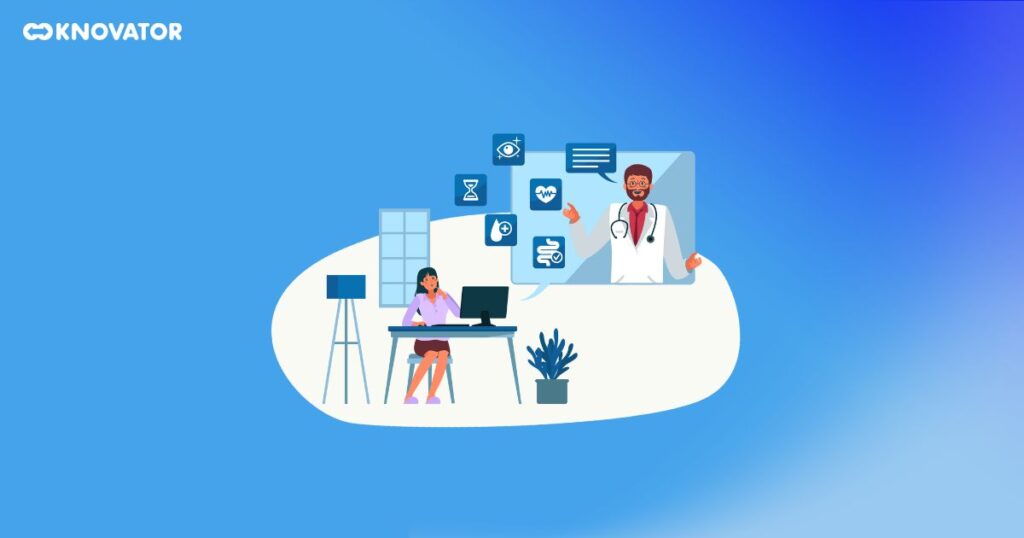 SaaS-based technology improved the healthcare Industry in many ways. Some of them are:
SaaS-based technology improved the healthcare Industry in many ways. Some of them are:
- Increased Accessibility– Healthcare SaaS provides greater accessibility to medical professionals and patients. Healthcare professionals can use SaaS to access medical information. They can access it from any location, at any time, and on any device.
- Cost-effectiveness– SaaS is cost-effective since it does not use hardware, Software, or IT people to administer them. So with SaaS, you can save money on IT upkeep, freeing up resources for other priorities.
- Improved Data Management– SaaS enables better data management and safe storage and access to patient information.
- Real-Time Data– Data is updated in real-time with SaaS, providing healthcare providers with current knowledge to make informed decisions.
Top Healthcare SaaS Trends
Look at some top healthcare SaaS developments and how they transform the industry.
These revolutionary developments are changing how medical services are offered, improving patient care, and speeding up healthcare processes.
1. Smart AI Solutions
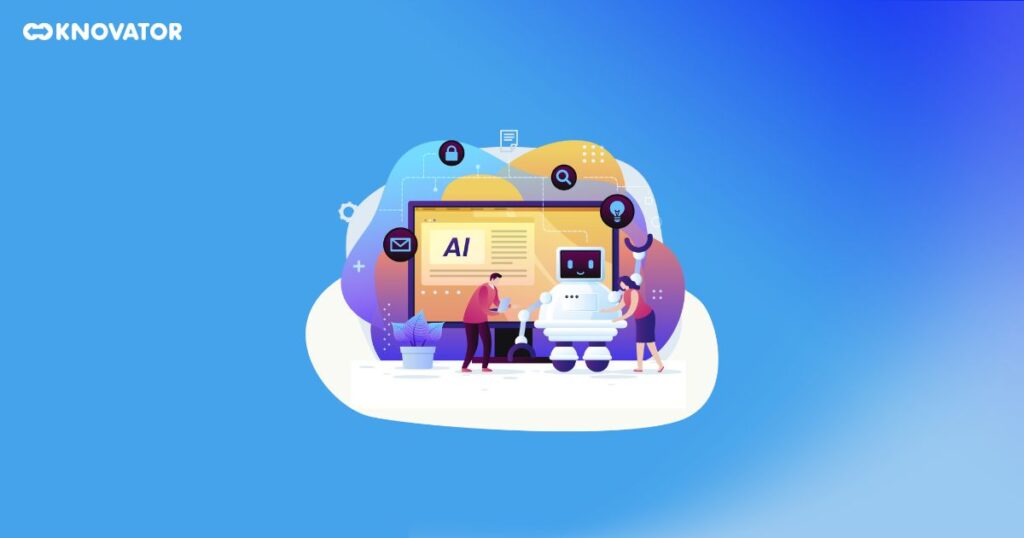 One of the popular healthcare SaaS trends is Artificial Intelligence (AI). There is no need to explain why it is gaining popularity. But the question is how the healthcare industry can benefit significantly from AI.
One of the popular healthcare SaaS trends is Artificial Intelligence (AI). There is no need to explain why it is gaining popularity. But the question is how the healthcare industry can benefit significantly from AI.
Technology has many good things it brings. It helps companies retain most of their workers and makes them happy. Workers can focus on what they are best at. The technology uses smart ways to understand how people talk and predict their needs. People can use it to watch over their health at home. They can check their symptoms and get help from virtual agents.
2. Use of Multiple Clouds
 Using multiple clouds means using multiple cloud computing providers to store data or manage services.
Using multiple clouds means using multiple cloud computing providers to store data or manage services.
In the healthcare industry, one significant SaaS trend is the use of multiple clouds. Healthcare organizations increasingly leverage multiple cloud providers to diversify their IT infrastructure and enhance flexibility. This approach permits them to avoid depending on a single cloud vendor. It lowers the risk of downtime and ensures better data security.
Moreover, using multiple clouds enables healthcare providers to optimize costs by choosing the most suitable cloud services.
This cool trend lets healthcare apps spread across different clouds, making the whole system stronger and able to grow with the healthcare industry’s changes. It means the apps can handle more things, work better, and won’t break easily. So, it’s like giving healthcare software superpowers to handle whatever comes its way!
3. Pay-Per-Use Model
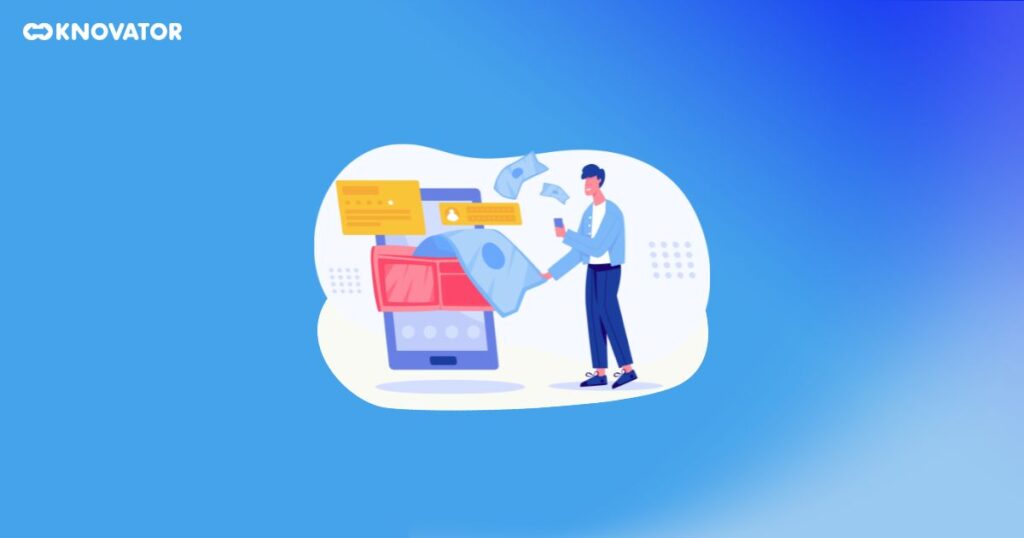 One of the significant trends in healthcare SaaS is the “Pay-Per-Use” model. Imagine it as buying snacks from a vending machine – you only pay for the snacks you choose, not the entire machine.
One of the significant trends in healthcare SaaS is the “Pay-Per-Use” model. Imagine it as buying snacks from a vending machine – you only pay for the snacks you choose, not the entire machine.
Similarly, with the Pay-Per-Use model, healthcare providers pay for the Software based on their actual usage. It brings more affordability and flexibility to healthcare organizations, especially smaller ones with limited budgets. It allows them to access innovative Software without high costs.
Additionally, they can scale up or down as needed, adjusting expenses according to their services, making it a win-win for providers and patients.
4. Vertical SaaS
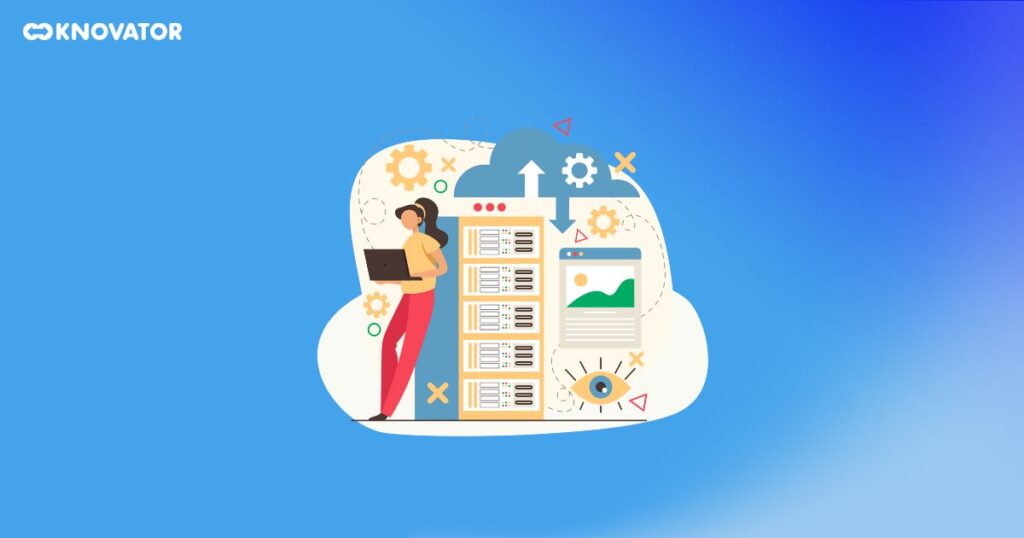 Vertical SaaS is another fascinating innovation that will catch on.
Vertical SaaS is another fascinating innovation that will catch on.
Vertical SaaS focuses on a single industry, such as healthcare. Concentrating on a single vertical can aid in developing lighthouse customers or supply chains. They handle tasks like patient records, appointment scheduling, and billing in a way that suits the medical world perfectly.
Vertical SaaS makes things easier by focusing on specific challenges and creating personalized business solutions. It understands what each business needs and provides expert help. This kind of SaaS is becoming more popular in the B2B industry, where it tailors its services to meet the demands of different companies. This way, it can better support and cater to each company’s unique needs, making it a valuable and preferred choice for businesses in various sectors.
5. API connections
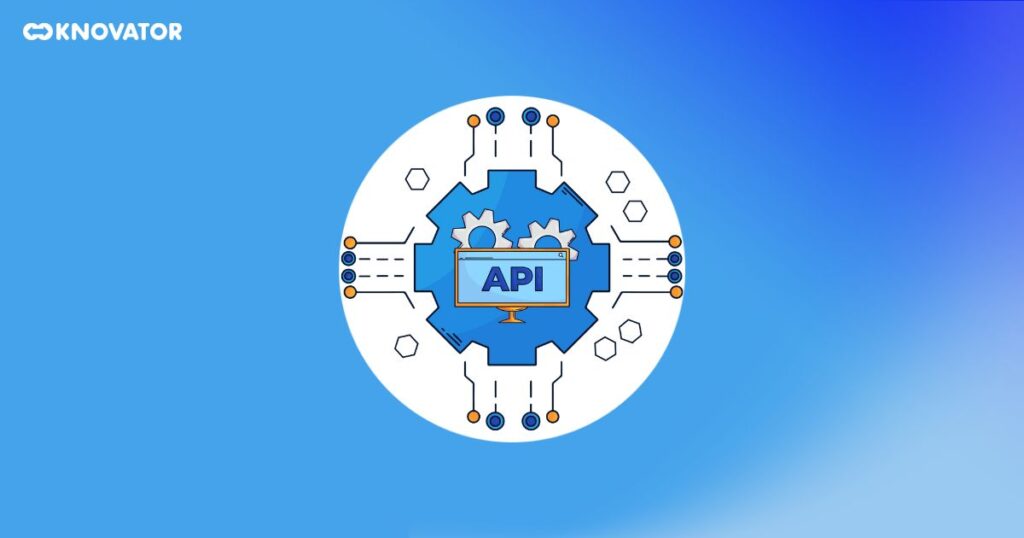 APIs (Application Programming Interfaces) allow different software systems to communicate and share data seamlessly. It enables various platforms, such as electronic health records (EHRs), telemedicine solutions, and medical devices, to work harmoniously in the healthcare industry.
APIs (Application Programming Interfaces) allow different software systems to communicate and share data seamlessly. It enables various platforms, such as electronic health records (EHRs), telemedicine solutions, and medical devices, to work harmoniously in the healthcare industry.
API connections enhance interoperability and data exchange, leading to more efficient and integrated healthcare services. This technology enables healthcare providers to access real-time patient information and improve patient care.
Additionally, it facilitates the integration of innovative third-party applications, expanding the capabilities of existing healthcare SaaS solutions and promoting a more patient-centric and data-driven approach to healthcare.
6. Micro SaaS
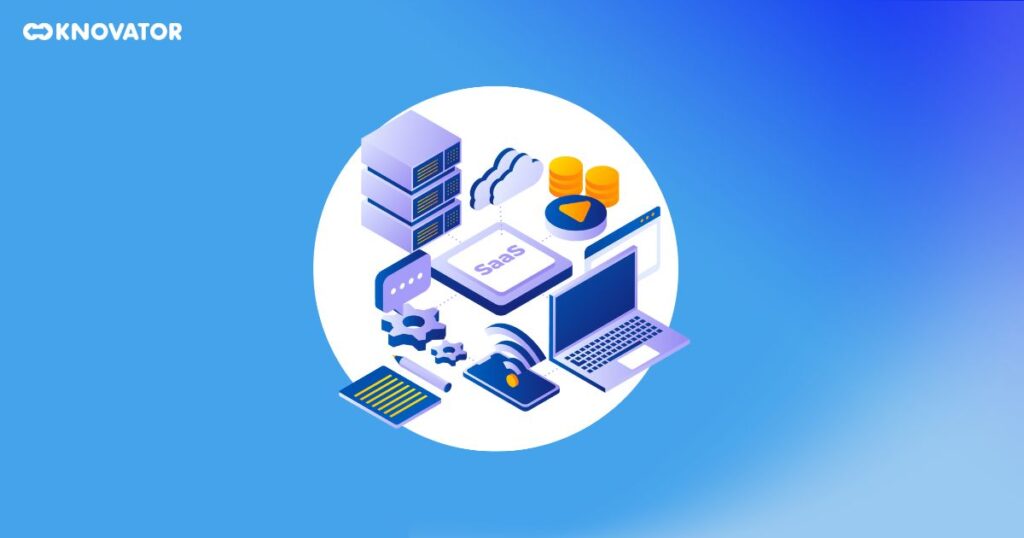 Micro SaaS is a rising trend in the healthcare industry. It refers to small, specialized Software-as-a-Service (SaaS) solutions that cater to niche healthcare needs. These compact and focused SaaS offerings target patient engagement, telemedicine, medical billing, or electronic health records (EHRs).
Micro SaaS is a rising trend in the healthcare industry. It refers to small, specialized Software-as-a-Service (SaaS) solutions that cater to niche healthcare needs. These compact and focused SaaS offerings target patient engagement, telemedicine, medical billing, or electronic health records (EHRs).
The advantage of Micro SaaS lies in its ability to provide cost-effective and highly customizable solutions that larger, all-in-one platforms might not deliver. These smaller SaaS products offer quicker implementation, easier integration, and better scalability, making them attractive options for healthcare providers, especially smaller clinics and individual practitioners.
With the increasing demand for personalized healthcare solutions, Micro SaaS is expected to continue growing, driving innovation and enhancing patient care in the healthcare landscape.
7. Platform-as-a-Service(PaaS) Migration
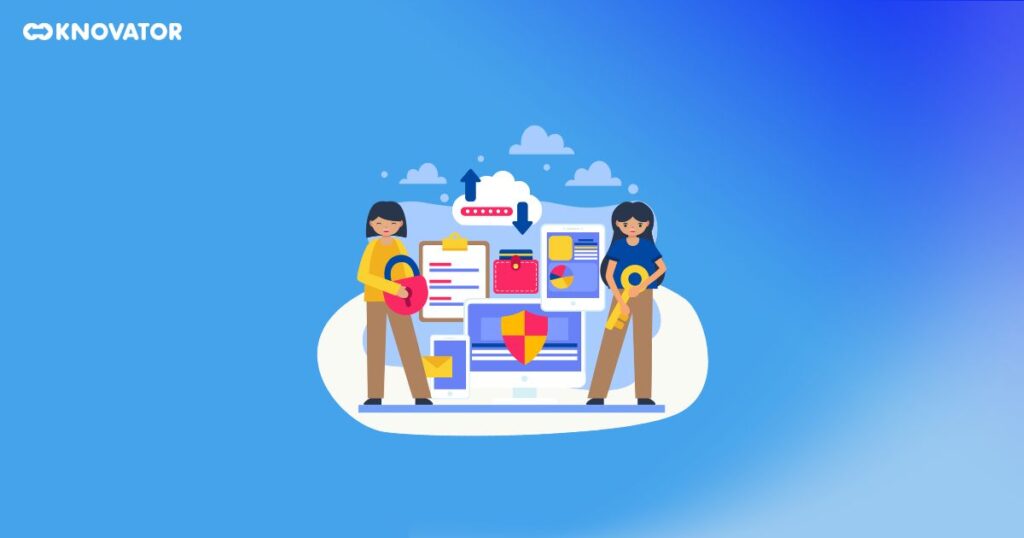 Platform-as-a-Service is a cloud computing model. PaaS allows healthcare providers to move their applications and data to a cloud-based platform. It means they can access and manage their Software and information online without physical servers. It’s like moving all the important data to a safe and convenient virtual space. This migration helps healthcare systems become more flexible, scalable, and cost-effective.
Platform-as-a-Service is a cloud computing model. PaaS allows healthcare providers to move their applications and data to a cloud-based platform. It means they can access and manage their Software and information online without physical servers. It’s like moving all the important data to a safe and convenient virtual space. This migration helps healthcare systems become more flexible, scalable, and cost-effective.
With PaaS, healthcare providers can focus on their core tasks, like caring for patients, while leaving the technical stuff to the experts. It’s a smart move that keeps the healthcare industry up-to-date with the latest technology advancements.
8. DaaS Revenue
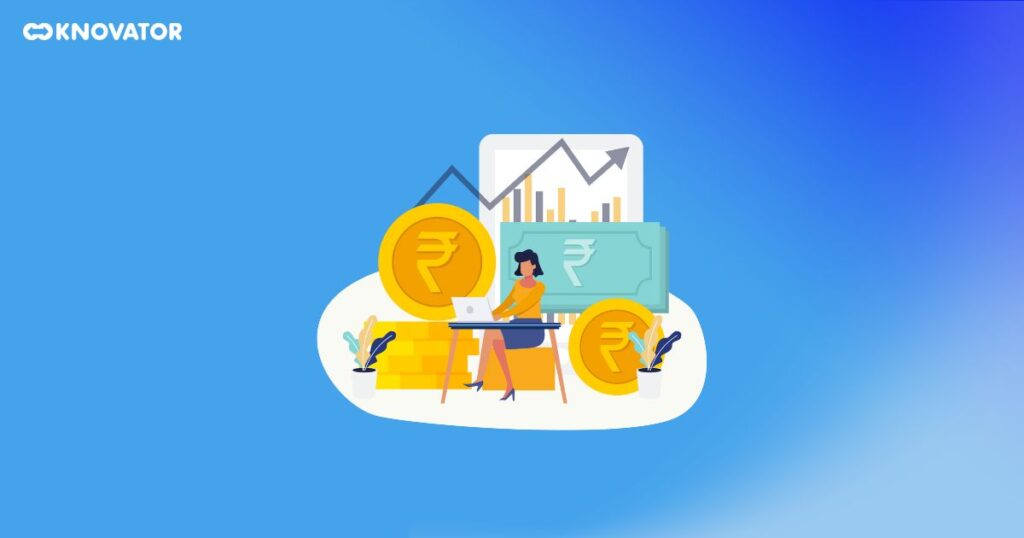 DaaS (Data as a Service) Revenue refers to the money earned by companies that provide data-related services to their customers. It is essential in the world of SaaS because data plays a crucial role in modern businesses.
DaaS (Data as a Service) Revenue refers to the money earned by companies that provide data-related services to their customers. It is essential in the world of SaaS because data plays a crucial role in modern businesses.
Data as a Service (DaaS) is gaining momentum, with healthcare organizations leveraging data insights for informed decision-making and revenue growth. As the industry embraces digital transformation, DaaS continues to drive innovation and efficiency, leading to improved patient outcomes and increased revenue streams.
9. Edge Computing
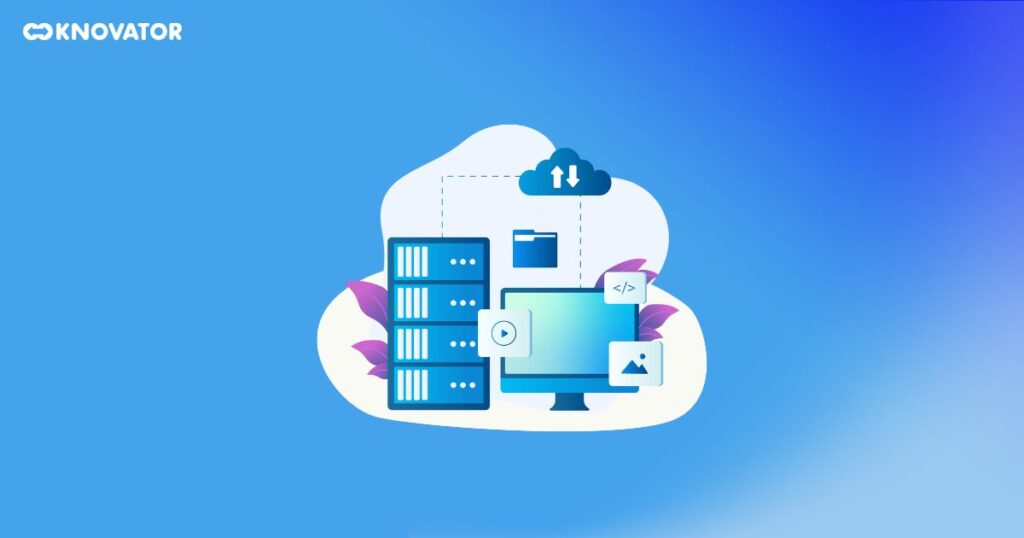 Edge computing is a new trend in healthcare software. It’s like having a mini-computer near the place where all the medical stuff happens, like in a hospital or clinic. This mini-computer helps store important data without sending it to big data centers. Why is this amazing? Because it makes everything faster and more reliable!
Edge computing is a new trend in healthcare software. It’s like having a mini-computer near the place where all the medical stuff happens, like in a hospital or clinic. This mini-computer helps store important data without sending it to big data centers. Why is this amazing? Because it makes everything faster and more reliable!
Doctors and nurses can get information quickly, meaning better and safer patient care. Also, edge computing can work even if the internet goes down, keeping things running smoothly. It’s like having a helper by your side, making healthcare software smarter and more efficient.
10. Mobile Health Solutions and Wearable Technologies
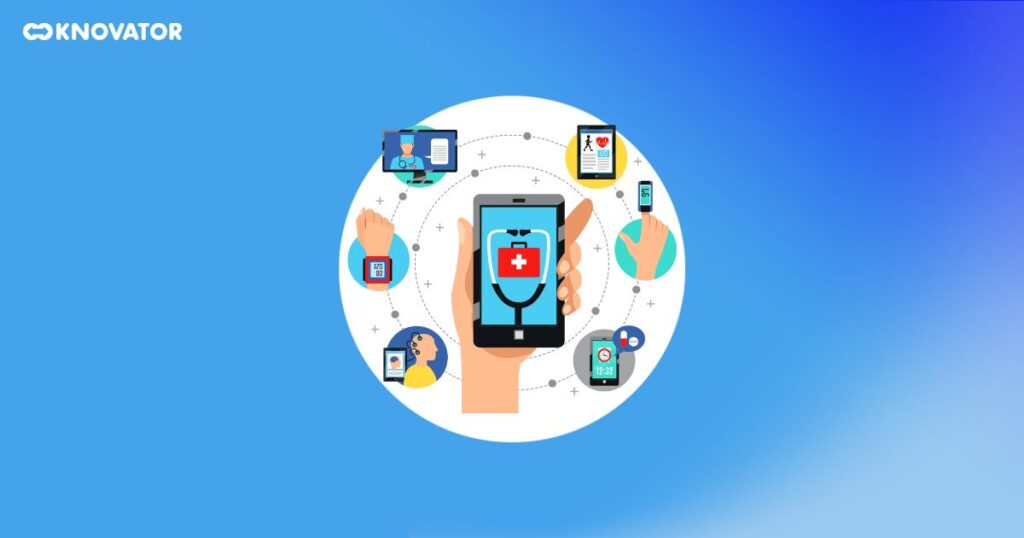 Mobile health solutions and wearable technologies help people track and manage their health using smartphones, smartwatches, and other wearable gadgets. These devices monitor heart rate, steps, sleep patterns, and blood pressure.
Mobile health solutions and wearable technologies help people track and manage their health using smartphones, smartwatches, and other wearable gadgets. These devices monitor heart rate, steps, sleep patterns, and blood pressure.
SaaS helps you use these health apps and devices on a subscription basis without buying or installing any software. They let users stay proactive about their well-being, as they can regularly check their progress and get personalized insights. By making health monitoring easy and fun, these technologies encourage people to take charge of their health and make healthier choices.
11. Increased focus on Security
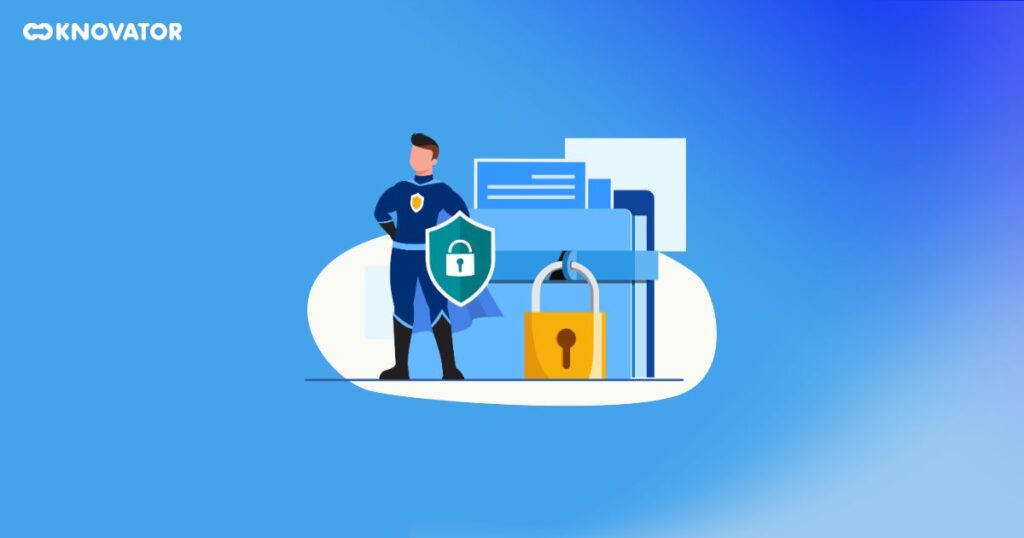 We have already discussed data security. Data security for both patients and staff is essential. Since the data is sensitive, you, as a healthcare provider, must ensure no data breaches or leaks.
We have already discussed data security. Data security for both patients and staff is essential. Since the data is sensitive, you, as a healthcare provider, must ensure no data breaches or leaks.
Most of the time, a medical institution’s budget prohibits having an experienced and knowledgeable IT team. SaaS can be really helpful in this situation.
Healthcare businesses can enjoy the latest technological solutions to improve data security without affecting their budget with a reliable SaaS platform.
12. Increase in Subscription Models
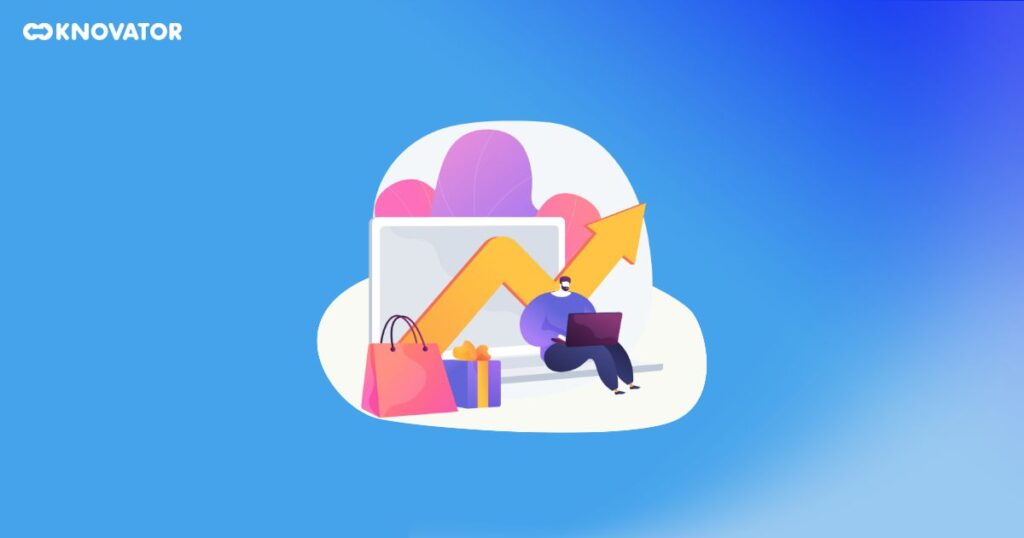 Subscription models are becoming increasingly popular, especially in the Software-as-a-Service (SaaS) industry. Instead of buying Software outright, you pay a regular fee to use it. This shift is beneficial for both users and companies.
Subscription models are becoming increasingly popular, especially in the Software-as-a-Service (SaaS) industry. Instead of buying Software outright, you pay a regular fee to use it. This shift is beneficial for both users and companies.
For users, it means lower upfront costs, as they can access Software with a small monthly fee. It also ensures they always have the latest updates and support. The subscription model provides a steady income stream for companies, allowing them to invest in continuous improvements and customer support. It promotes a long-term relationship between the user and the company, encouraging better customer service and product enhancements. The subscription models make the software more accessible and beneficial for everyone.
Healthcare SaaS: Transform Medicine with Digital Magic!
The healthcare SaaS trends discussed have the potential to change the medical field. It brings about significant advancements and improvements. These trends encompass various aspects, such as telemedicine, data analytics, patient engagement, and interoperability.
By adopting these innovative solutions, healthcare providers can enhance patient care and optimize decision-making processes. The shift towards cloud-based SaaS applications empowers healthcare organizations with cost-effective, scalable, and secure solutions.
Embracing these trends will improve efficiency and enable healthcare professionals to deliver more personalized and patient-centric care. As technology evolves, embracing these trends becomes crucial for staying at the forefront of the ever-changing healthcare landscape.







